Meaningful Language Development – Draw What You Hear!
Categories: Teaching Tips
A colleague recently asked me for a few ideas to pass on to a fellow teacher for supporting the language development of students in her classroom. This got me thinking that the ideas I passed on may be worthy of passing on to others. The teachers in our school work with a high number of second language learners in mainstream classrooms. This means that content and language are taught through scaffolded instruction provided in English only. As an Expeditionary Learning school we are able to integrate our content throughout the day in meaningful ways and connect what we teach to real world issues. This to me is the most important and impactful way of ensuring the success for second language learners.
In addition to this general philosophy of education however, there are many concrete things you can do during your day to further support not only the language growth and development of your second language learners, but of all your students. Throughout this school year I’ll share different ideas that have worked for me and my second language kiddos. Let’s get started!
Language and Literature
I love finding creative ways to use books in supporting language development. One idea I like is called “Draw What You Hear.” This activity is appropriate for primary aged or beginning level language students and focuses on listening comprehension, a language skill that is often overlooked. It could easily be adapted for older grades or more advanced language students by choosing a different book or you could write your own text connected to the content you’re studying or an interesting topic! This one if especially fun during Halloween.
Text: “Go Away Big Green Monster” by Ed Emberley
Materials: Blank white paper and markers or crayons
Lesson Overview:
Start by previewing vocabulary in the text that may be new language for students. Try keeping this strategy in mind for all texts you read with students.
Make it very clear to students that their job is to listen carefully to the descriptive language being used in the story so that they will be successful in making their Big Green Monster. Now you are ready to read the story out loud to students, but don’t show them the pictures! As you read each page, they will use the language they hear and comprehend to create their monster. Yes, it is perfectly acceptable (and should be encouraged!) for students to clarify understanding along the way by asking questions. This is an important skill we want them to develop. Below is the sequence of pictures you may see a student create.
When you are done with the story, you can read students the book and have fun in discovering how close their picture came to matching the one in the book!
I would love to hear any variations you may have thought of for this lesson or other creative ways you have used literature to support listening comprehension. Also, if you have requests for other topics related to working with second language learners that you would like me to write about please let me know.
Best,
Kristin

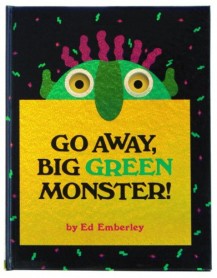
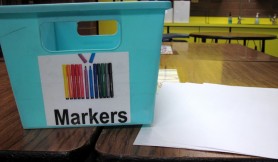
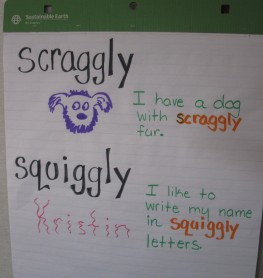
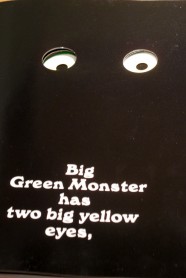
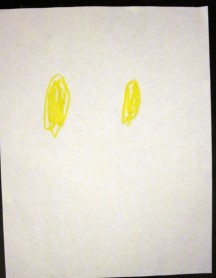
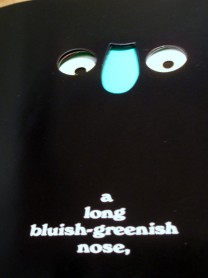
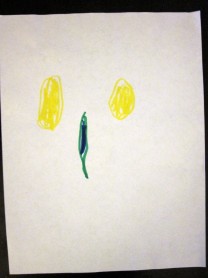
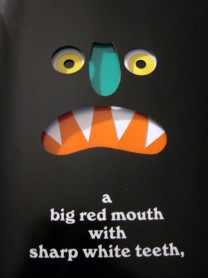
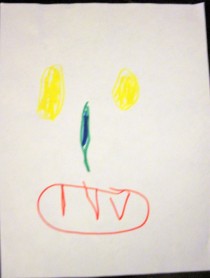
No comments yet.